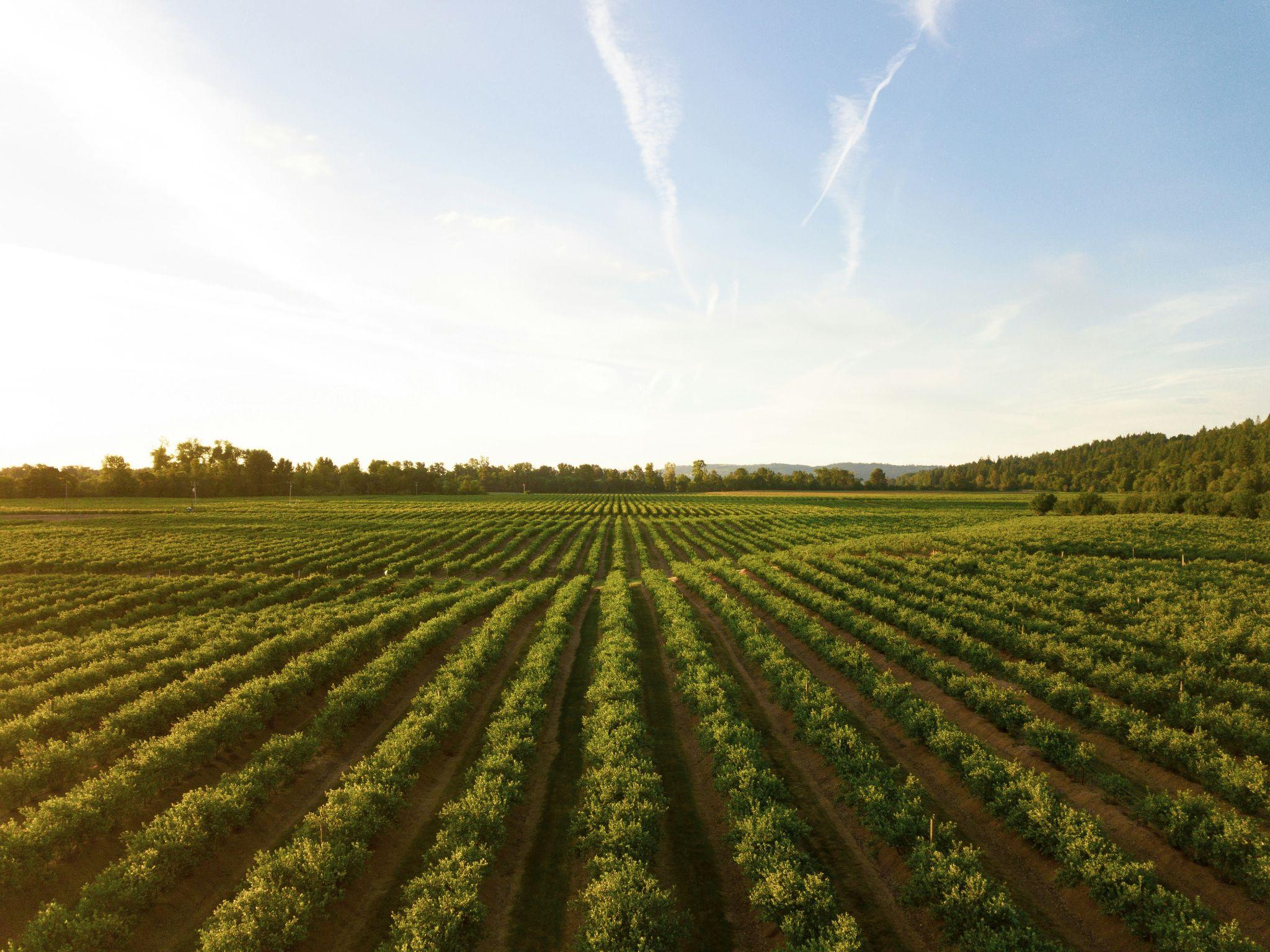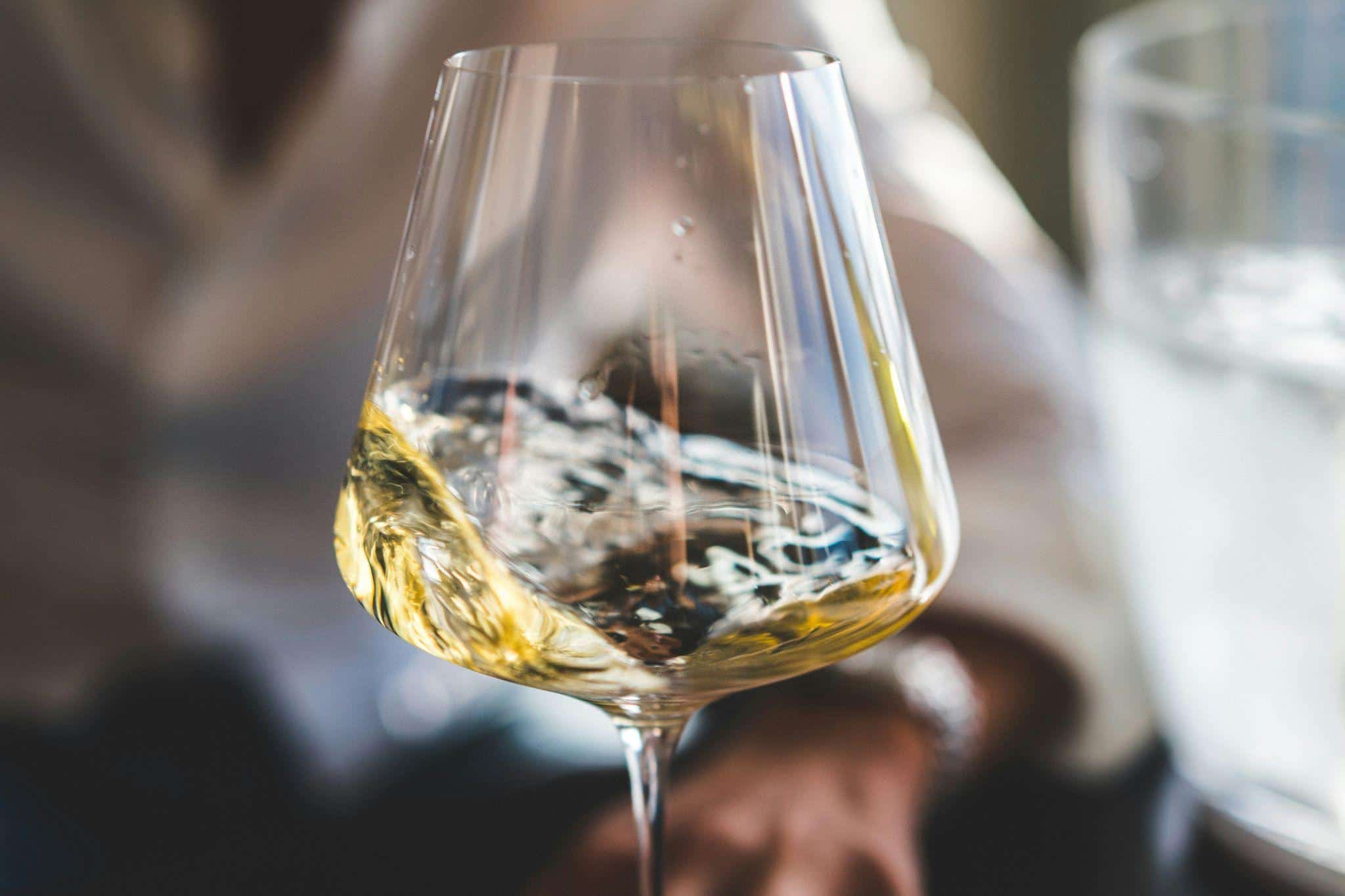For a wine novice, a wander through any liquor store can quickly present a multitude of options that feel intimidating and unfamiliar, typically resulting in you leaving the store with your go-to selection once again.
But if you want to try something new with no clear direction on where to begin, arming yourself with a bit of wine knowledge will help you make a better and more informed choice, guaranteeing you walk out with something you love, such as a classic South African Chenin Blanc or a luxurious champagne from the Louis Roederer collection.
White vs. Red – Key Qualities
While most red wines are traditionally made from red grapes, and white wines are made from white grapes, some winemakers use different parts of the same varieties to create both red and white blends, treating them differently during the production process.
Red wines are known for their bold, more robust flavors and typically contain a higher alcohol content. Compared to red wines, white wines are generally lighter, with notes of citrus or flowers and a lower alcohol percentage.
Red varieties are made using the skin and seeds of grapes, producing a deeper flavor, dramatic shades, and a higher level of tannins, which result in familiar bitter and mouth-drying qualities. They are also typically aged in barrels, allowing for increased oxygen exposure, which enhances bold and intense flavor notes.
Alternatively, white wine is usually made without using skins or seeds, resulting in softer and lighter flavor profiles with lower tannin levels and reduced bitterness. Additionally, white blends are often aged in stainless-steel vats, as opposed to oak barrels, to minimize oxygen exposure.
The Perfect Glass
The ideal white wine glass is one that works with any type of blend. For optimal temperature control, select a glass with long and sturdy stems, providing the perfect handle for when you drink.
This prevents the heat from your hand from warming the wine, moving it out of the optimal serving temperature. Stemless wine glasses are more sturdy and practical for parties and other large gatherings, but your guests may find their beverages warmer than they would like.
Bold & Dry
Chardonnay is the world’s most popular white wine, with an extensive variety of flavor profiles based on the growing regions and aging process. Traditional French Chardonnay often features crisp and flinty flavors, while Californian blends are usually aged in oak barrels, resulting in a buttery finish and creamy texture.
Viognier, a southern French original, is the ideal full-bodied white blend for those who love Chardonnay but want something a little less acidic. Boasting very floral notes, it is the perfect blend of creamy and full-bodied.
Finally, Trebbiano Toscano is a grape variety found across Italy and France. It has high acidity, making it the perfect complement to food, with the tang of the wine balancing out the fat and salty flavors of many dishes. Additionally, it is used as the base in the production of brandy and balsamic vinegar.

Light & Dry
Pinot Grigio, Italy’s version of the wine made from the Pinot Gris grape, is an easy-to-drink, people-pleasing blend that won’t steer you wrong. It is loved for its zesty acidity and fruit flavors, such as lime, lemon, and green apples. If you’re stuck on what to bring to the next dinner party you’re invited to, a good Pinot Grigio will likely pair well with at least one dish on the table.
Chablis, which originates from the Burgundy region of France, is crafted from 100% Chardonnay grapes but has a distinct taste profile that differs from the bold, dry blend you may be most familiar with. Instead, you will be met with a citrusy, almost mineral-like, and somewhat salty taste that may seem unpleasant at first, but will quickly win you over with its tantalizing and refreshing flavor.
Chenin blanc, a versatile grape available in many different styles, is the shining star of South Africa and France’s Loire Valley. Drier blends tend to have a tart bite, with subtle flavors of ginger, pear, and yellow apple. These flavor profiles make it the ideal partner to sweet or sour savoury dishes.
Sweet & Semi-Sweet
Riesling is arguably the most well-known sweet white wine on the market, ranging from sweet to off-dry or semi-sweet. It is the perfect combination of acidity, sugar, and fruit, producing a highly versatile food wine. Pair it alongside everything from your go-to takeaway chicken dish to spicy enchiladas and your favorite summer salad.
If your sweet tooth drives your food and beverage choices, Moscato, made using muscat blanc grapes, will be right up your alley. Favored for its sweet orange notes and succulent aromas, it is available in various blends and styles, ranging from still to semi-sparkling and full-bodied bubbles.

Herbaceous
Sauvignon Blanc is arguably the most popular crisp, dry, and fruity white wine blend, characterized by distinctive green and grassy notes, as well as a biting acidity. The grape is widely planted across the globe, from New Zealand to Bordeaux, California, and South Africa.
Vinho Verde is a light Portuguese delight that brilliantly blends six different grapes: Arinto, Azal, Avesso, Alvarinho, Trajadura, and Loureiro. With its unique, slight fizz, zingy acidity, and lower alcohol content, it will quickly become your go-to blend for sipping by the pool or enjoying with a good book on the porch on a warm summer evening.








